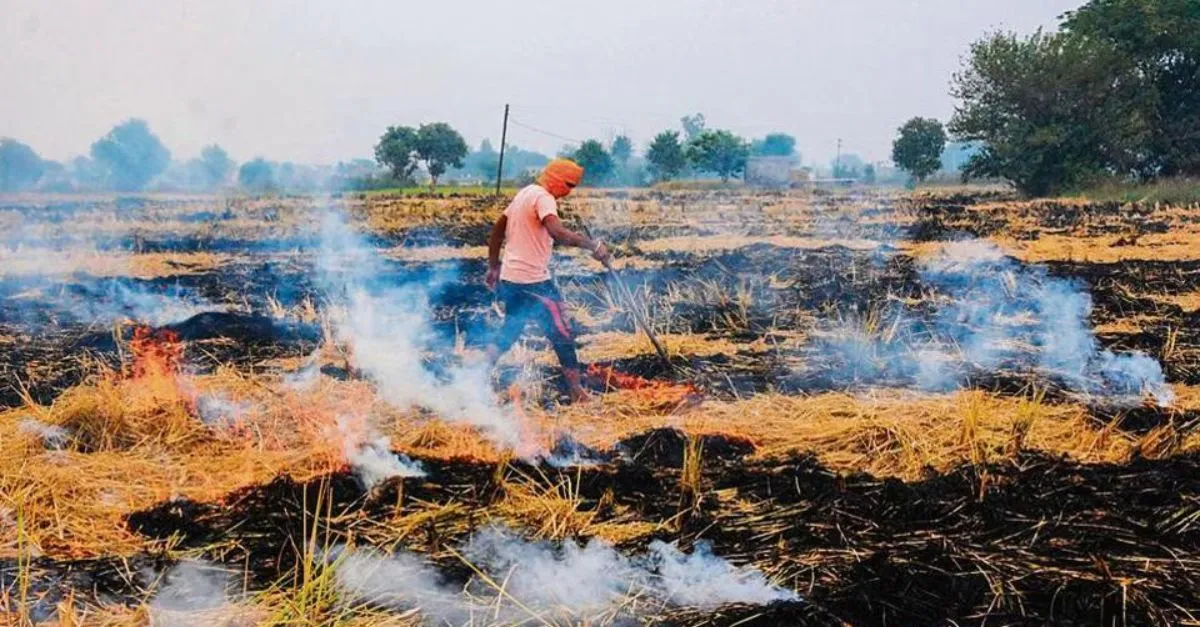- By Yashashvi Tak
- Tue, 21 Oct 2025 10:20 AM (IST)
- Source:JND
Punjab Air Pollution: Punjab has reported a total of 308 stubble burning incidents, with Tarn Taran and Amritsar districts recording the highest numbers at 113 cases each. Tarn Taran leads the state in such incidents, followed by Amritsar with 104, as many farmers continue burning crop residue despite government appeals to stop the practice.
Other districts reported fewer cases, including 16 in Ferozepur, 15 in Patiala, and seven in Gurdaspur. Stubble burning incidents have risen sharply over the past week, increasing from 116 on October 11 to 308 by October 16.
The practice, primarily carried out to quickly clear fields for sowing Rabi crops after harvesting paddy in October and November, has worsened air pollution in the region. Fines totaling over Rs 6.5 lakh have been imposed as environmental compensation in 132 cases, with more than Rs 4.70 lakh already recovered.
FIR Filed
Additionally, 147 FIRs have been filed under Section 223 of the IPC, including 61 in Tarn Taran and 37 in Amritsar. In comparison, Punjab reported 10,909 stubble burning incidents in 2024, down from 36,663 in 2023.
Punjab AQI
The Air Quality Index (AQI) in Punjab and Delhi-NCR has been severely affected by stubble burning. On Diwali night, AQI levels in all major cities of Punjab remained in the poor category, with Ludhiana recording 438 and Rupnagar 500.
The poor air quality persisted on Tuesday morning, with Mandi Gobindgarh reporting the highest AQI at 271, followed by Ludhiana at 268, Jalandhar 242, Amritsar 212, Patiala 204, and Bathinda 140. In Delhi-NCR, AQI levels crossed 350 in many areas, placing several locations in the red zone.
Delhi’s Air Pollution Risk Rises
Delhi’s air quality is showing alarming signs of deterioration. September 2025 marked the first month since 2016 in which the average Air Quality Index (AQI) remained above 100 throughout, indicating persistent pollution even before the winter smog sets in. Studies last year estimated that stubble burning contributed up to 31% of the capital’s worsening AQI.

